LiFi generally refers to visible light wireless communication, visible light wireless communication, also known as "light fidelity technology", English name LightFidelity (referred to as LiFi) is a new wireless transmission technology that uses visible light spectrum (such as light emitted by a light bulb) for data transmission, by the United Kingdom Invented by the German physicist Harald Hass, Professor of the Department of Mobile Communications, School of Electronics and Communication, University of Edinburgh.
LiFi uses a built-in device (ubiquitous LED light) to form a device similar to an AP (WiFi hotspot) by implanting a tiny chip on the bulb, allowing the terminal to access the network at any time. The technology transmits data by changing the blinking frequency of the room lighting. As long as the lights are turned on indoors, the Internet can be accessed without WiFi.
LiFi uses visible light to achieve wireless communication, that is, the use of electrical signals to control the high-speed flickering signals from the light-emitting diodes (LEDs) that are invisible to the naked eye to transmit information.
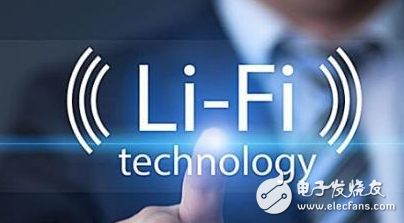
Visible light wireless communication (called LiFi - Light Fidelity) uses wireless signals to transmit information wirelessly. It is entirely feasible to encode information in the light according to different rates, for example, LED on indicates 1 and OFF indicates 0, and information can be transmitted through a fast switch. Due to the luminous intensity of the LED, the human eye does not notice a rapid change in light. LiFi technology is still in the laboratory stage, a patented technology invented by Haas and his team at the University of Edinburgh. Light bulbs have long been seen as a symbol of the inspiration of inventors' dreams. It has the same advantages as fiber-optic communication, high bandwidth, high speed, and the difference is that LiFi transmits light in the environment around us. Wherever natural light reaches, there is LiFi signal. LiFi technology uses well-applied equipment (ubiquitous light bulbs). By implanting a tiny chip on the bulb, it can become a device similar to an AP (WiFi hotspot), allowing the terminal to access the network at any time. .
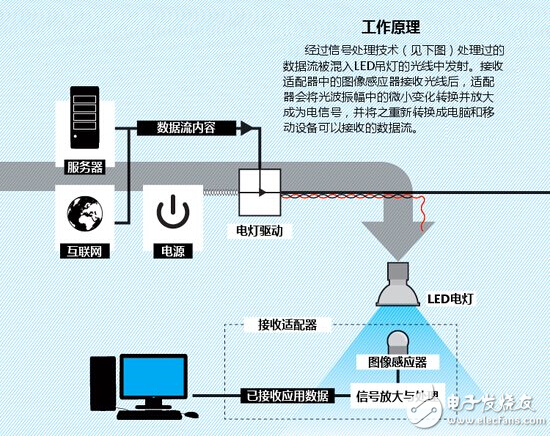
The working principle of Li-Fi is to use the visible light source as the signal source (light signal) to communicate with the terminal receiver by controlling the illumination of the LED lamp with the special microchip installed (light signal translation). Into ordinary electrical signals). According to our current understanding, the LED lamp that functions as a connector is just the ordinary LED lamp used in our home. This is also a lot of threshold for the widespread popularity of Li-Fi in the future.
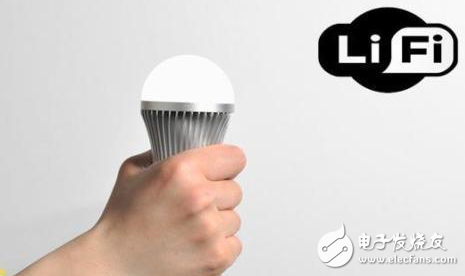
There may be many people who are worried that the flashing of the bulb will not adversely affect the human vision. The researchers said that because the bulb flicker (light pulse) is low in intensity and fast in frequency, our naked eye does not feel the change of the LED light. There will be no adverse effects.
Lifi is 100 times faster than wifi?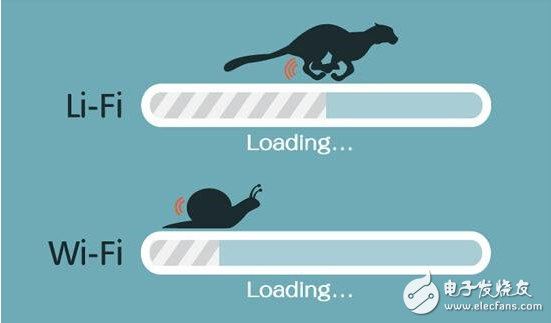
According to technology website TechRadar, an Estonian company called Velmenni began experimental testing of Li-Fi technology, which will replace the existing Wi-Fi technology in the future, and its transmission speed can reach 100 times faster.
According to the test results reported by foreign media, the transmission speed of Li-Fi can reach an average of 100GB per second under the ideal conditions of the laboratory, and the theoretical peak is about 224GB per second, which is faster than the existing Wi-Fi transmission speed. 100 times, it is not a problem to download Blu-ray HD movies with Li-Fi in the future.
In addition, it also has very good security. In other words, if you use the laptop, mobile phone or tablet to connect to Li-Fi for Internet access, the information will not leak to the outside.
Docking station
Docking stations for laptops are meant to bridge the gap between portability and having a stationary place to work and play.With a docking station,you can get the best of both worlds with a system that allows your laptop to work for both purposes.Some of the most basic docking stations provide a power supply and ports for connecting to other devices.More advanced docking stations may inclade space for additional PC monitors,keyboards,and computer speakers.It can also have additional USB-C ports to connect to printers,add external hard drives,and connect microphones and audio.
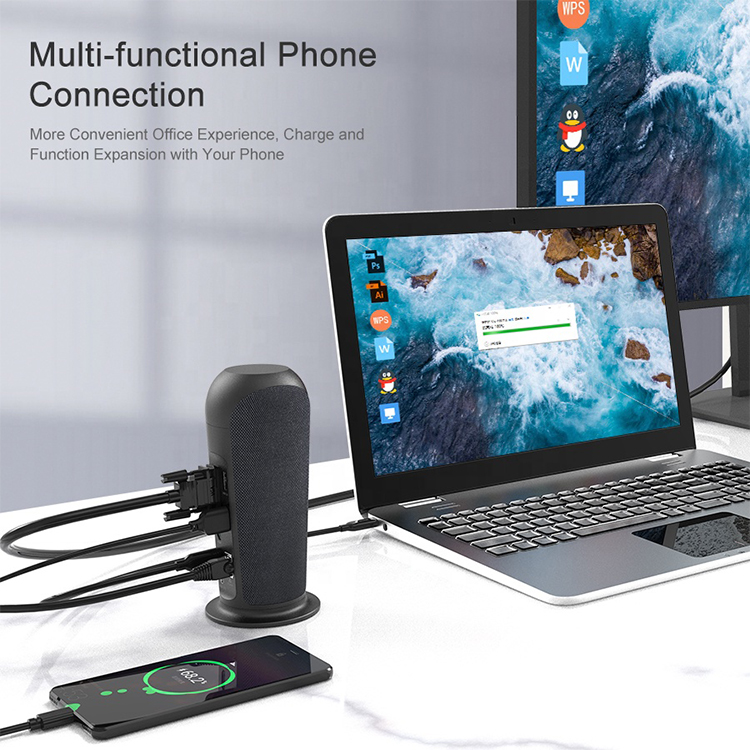
Docking Station,Macbook Docking Station,Macbook Pro Docking Station,Usb C Docking Station
Pogo Technology International Ltd , https://www.wisesir.net